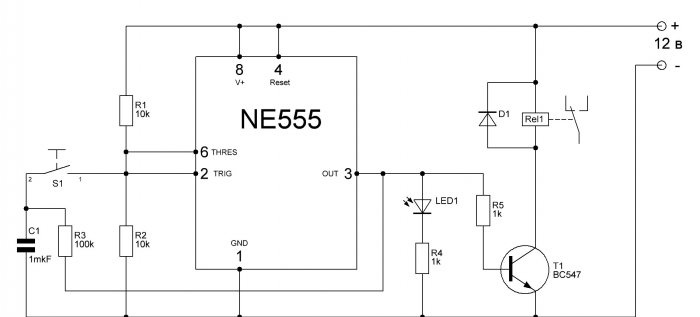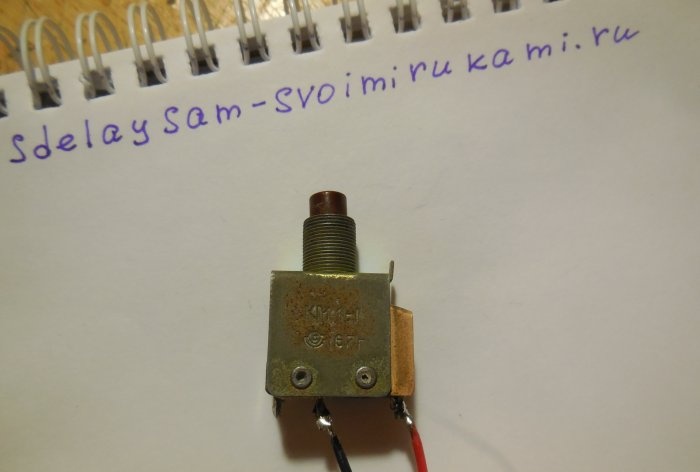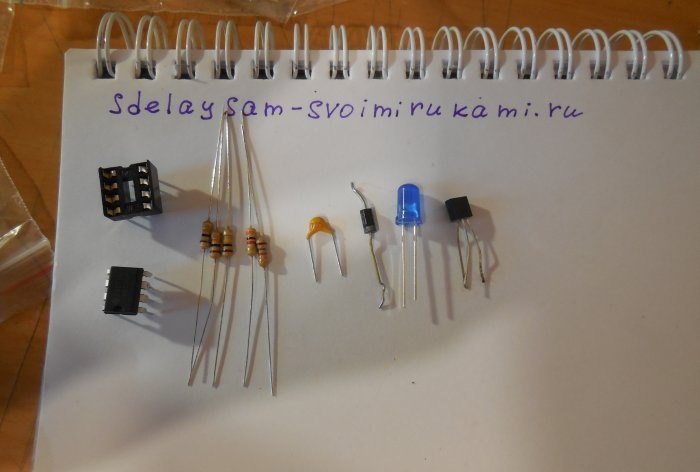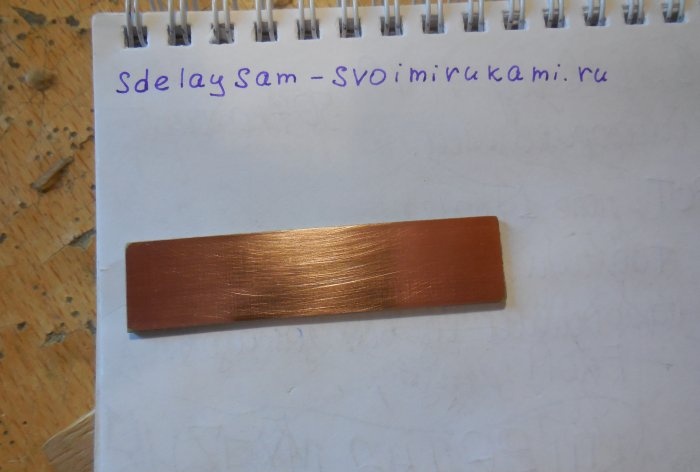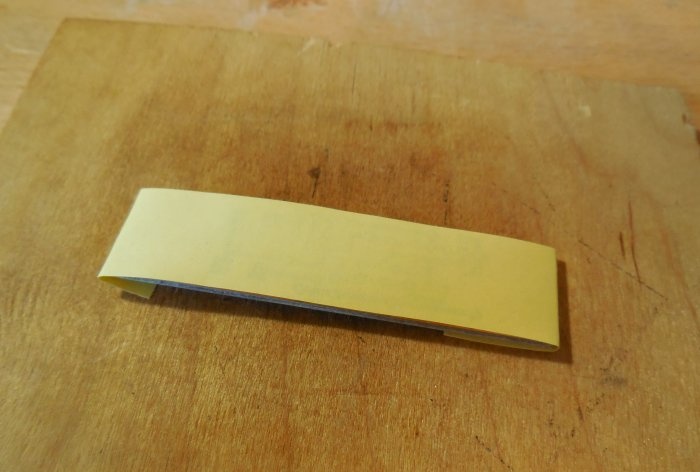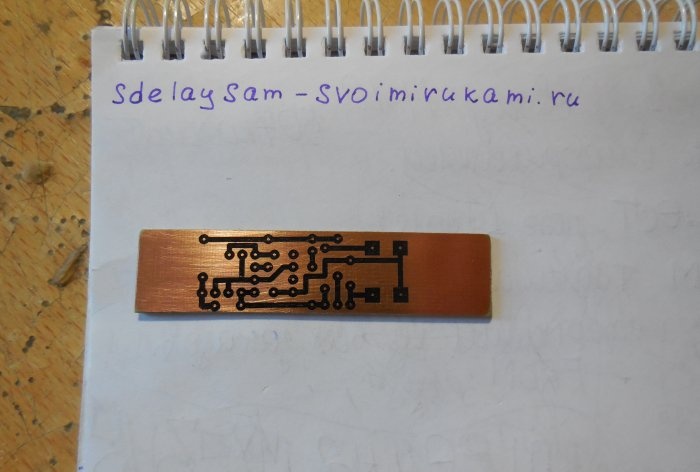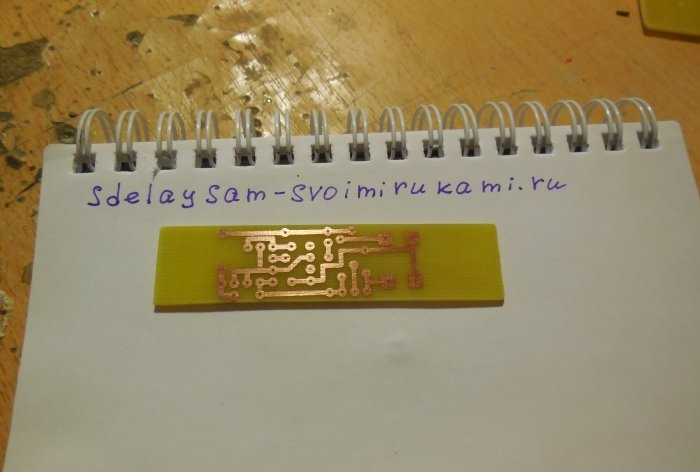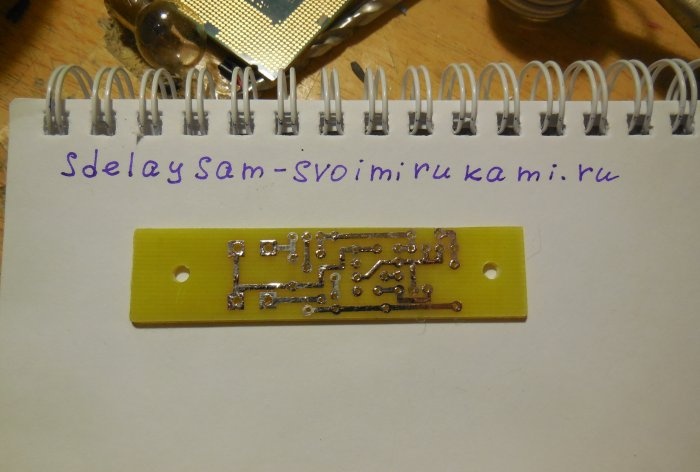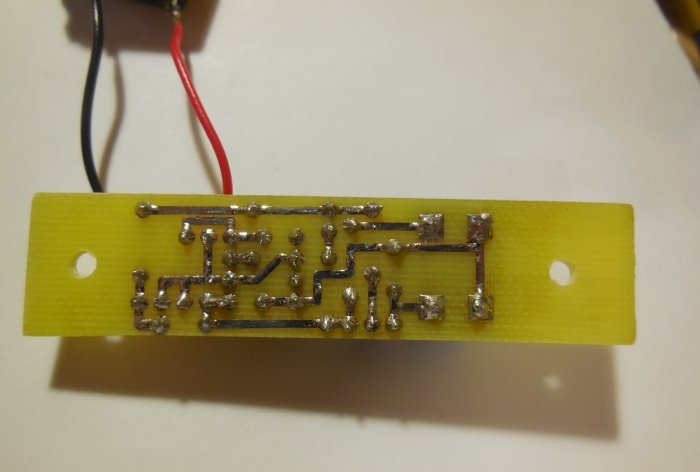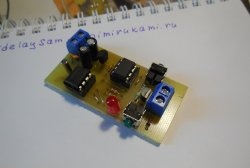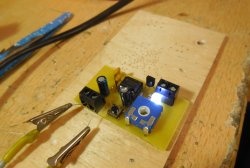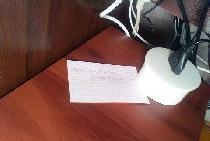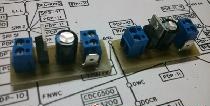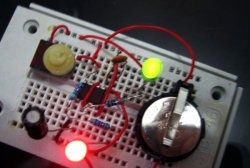Many household electrical appliances, be it stereo systems, televisions, various lamps, are turned on and off by pressing the same button. Pressed once - the device turned on, pressed again - turned off. In amateur radio practice there is often a need to implement the same principle. Such buttons are often used when building homemade amplifiers in elegant cases; a device with this principle of switching on and off looks much more advanced, reminiscent of a factory device.
Device diagram
The diagram for turning the load on and off with one button is presented below. It is as simple as boots, does not contain scarce components and starts up immediately. So, the diagram:
Its key link is the popular NE555 timer chip. It is this that registers the key press and sets the output to either logical 1 or 0. Button S1 is any button for closing without fixing, because There is practically no current flowing through it, there are practically no requirements for the button. I took the first one I came across, a Soviet one from the 60s.
Capacitor C1 and resistor R3 suppress the bounce of the button contacts; C1 is best used non-polar ceramic or film. Light-emitting diode LED1 indicates the load status – Light-emitting diode On, the load is on, off - off. Transistor T1 switches the relay winding; here you can use any low-power transistor of the NPN structure, for example, BC547, KT3102, KT315, BC184, 2N4123. A diode placed parallel to the relay winding serves to suppress self-induction pulses arising in the winding. You can use any low-power diode, for example, KD521, 1N4148. If the load consumes little current, you can connect it directly to the circuit instead of the relay coil. In this case, it is worth installing a more powerful transistor, for example, KT817, and the diode can be eliminated.
Materials
To assemble the circuit you will need:
- Chip NE555 – 1 pc.
- Transistor BC547 – 1 pc.
- Capacitor 1 uF - 1 pc.
- Resistor 10 kOhm – 2 pcs.
- Resistor 100 kOhm – 1 pc.
- Resistor 1 kOhm – 2 pcs.
- Button without fixation – 1 pc.
- Diode KD521 – 1 pc.
- Light-emitting diode at 3 in. - 1 PC.
- Relay – 1 pc.
In addition, you need a soldering iron, flux, solder and the ability to assemble electronic circuits. Electronic components cost almost a penny and are sold in any radio parts store.
Assembling the device
First of all, you need to make a printed circuit board. It is performed using the LUT method, the file is attached to the article. There is no need to mirror before printing. The LUT method has been described several times on the Internet, and it is not that difficult to learn. A few photos of the process:Download the board:
If you don’t have a printer at hand, you can draw a printed circuit board with a marker or varnish, because it is quite small. After drilling the holes, the board must be tinned to prevent oxidation of the copper traces.
After making the board, you can start soldering parts into it. First, small components are soldered - resistors, diodes. After that, capacitors, microcircuits and everything else. The wires can be either soldered directly into the board or connected to the board using terminal blocks. I brought out the power contacts and OUT contacts for connecting the relay through terminal blocks, and soldered the button directly into the board using a pair of wires.
Thus, this board can be built into any device, be it an amplifier, a homemade lamp, or anything else that requires turning it on and off with one button without locking. There are many other similar circuits on the network, built on Soviet microcircuits and transistors, but this particular circuit using the NE555 microcircuit has proven itself to be the simplest and at the same time reliable.
Watch the video
The principle of operation is clearly shown in the video.

